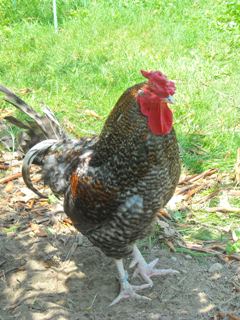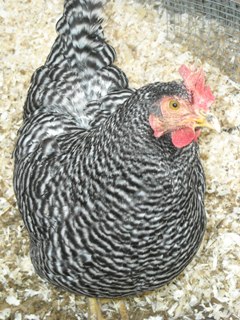|
|
|
Valentine & Sons Seed Company LLC |
|
This is sometime called the barn door fowl and is characterized by a thin, serrated, upright comb and wattles pending from each side of the lower mandible; the tail rises in an arch, above the level of the rump; the feathers of the neck and rump are long and line-like; and the colour is finely variegated. The females comb and wattles are smaller than those of the cock; is, herself, less in size, and her colours are more dull and somber. In the best specimen of this variety, the legs should be white and smooth, like those of the Dorking, and their bodies round and plump; being mongrels, they breed all colours, and are usually 5 to 7 or 8 lbs per pair. A Treatise on the History and Management of Ornamental and Domestic Poultry By Edmund Saul Dixon, J. J. Kerr Edition: 4 Published by C. M. Saxton, 1857 Original from the University of California
|
|
|
||||||||||||||||||||||||||||||||
|
[Home] [About Us] [Contact Us] [Links] [Plants & Seeds] [Heritage Poultry] [Price List] [Red Dorkings] [American Dominiques] [Dunghill Fowl] [Nankins] [Programs] |

